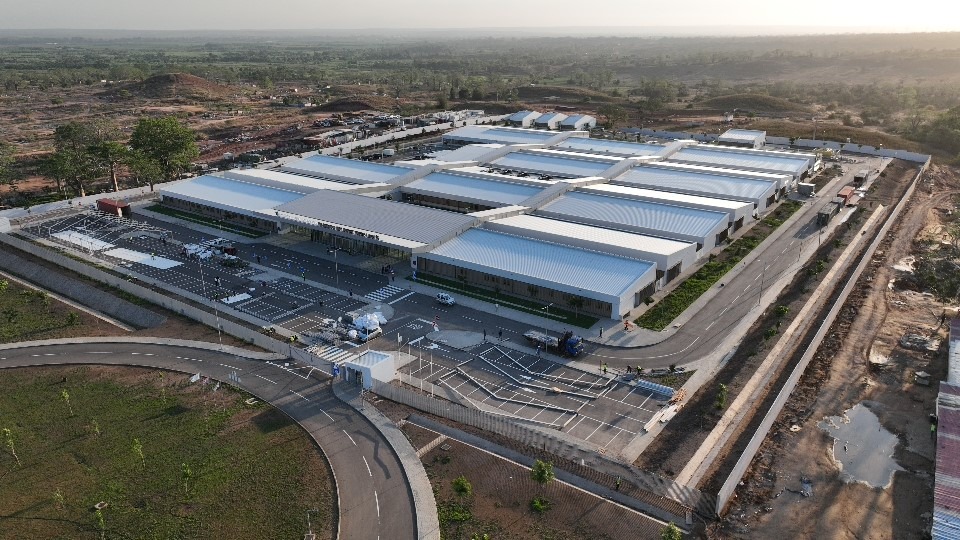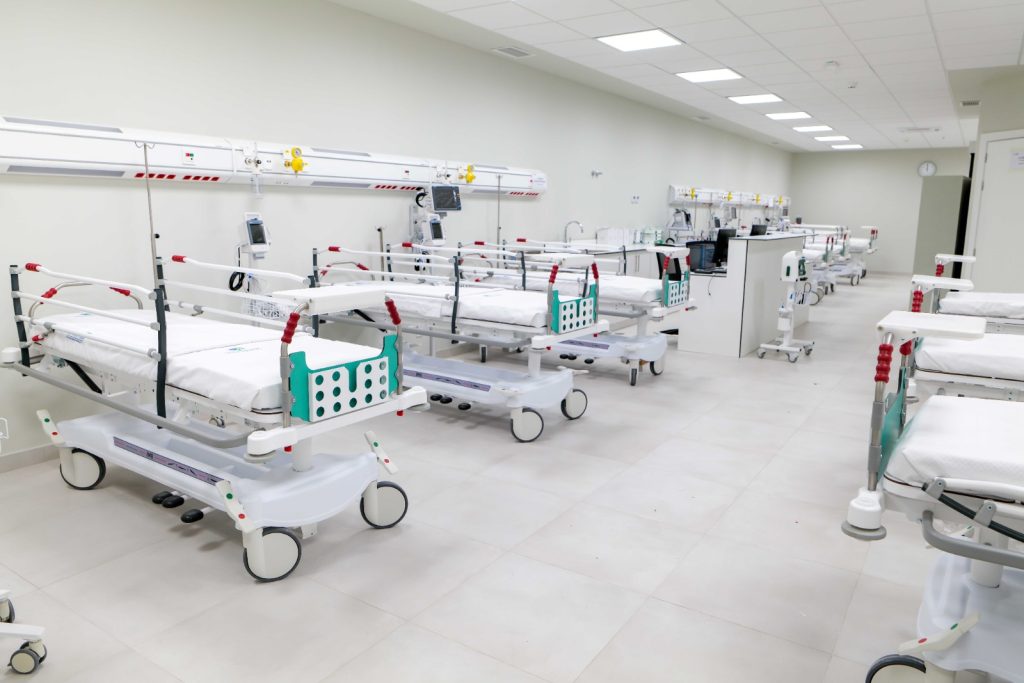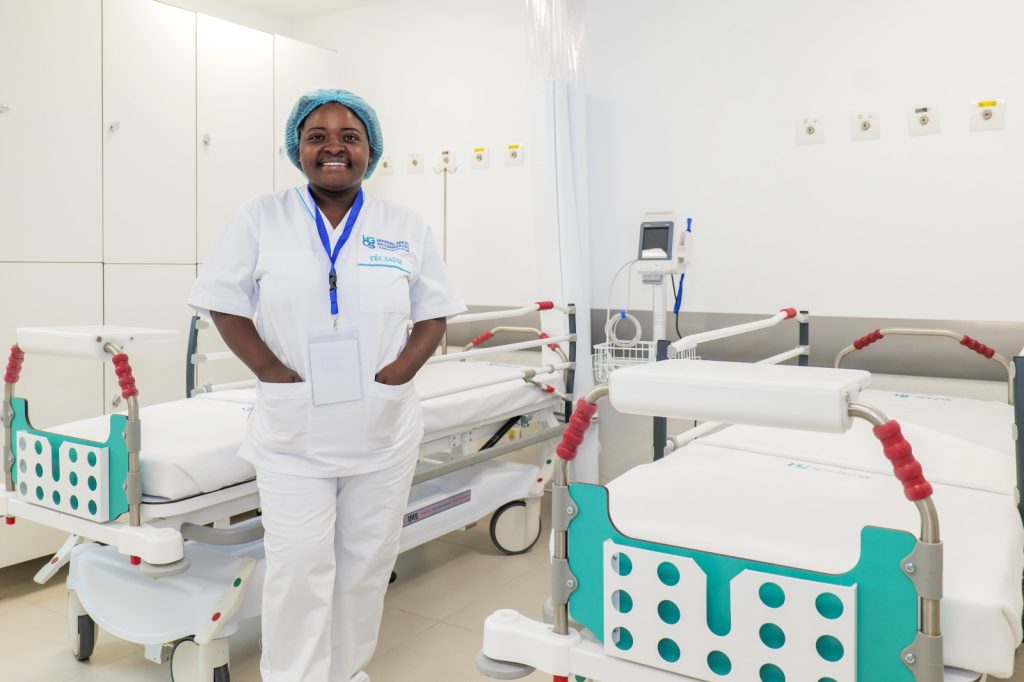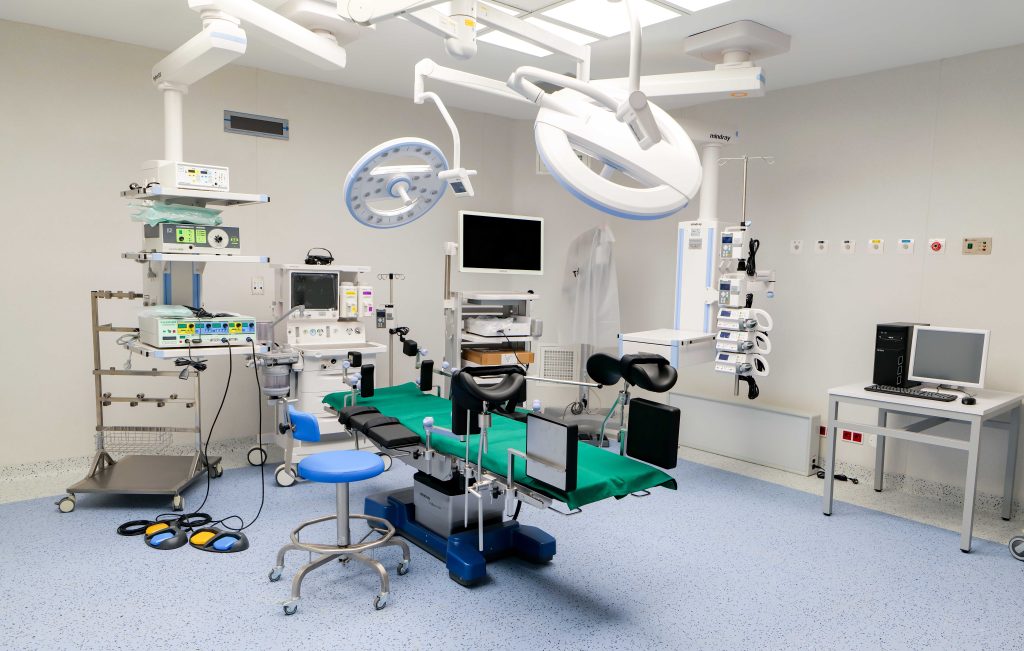50% of Africa’s population lacks access to essential healthcare services – source: WHO, 2024
Africa’s healthcare systems are grappling with unprecedented challenges, driven by rapid population growth, urbanization, and the pressing need for equitable access to quality medical services.
According to the World Health Organization (WHO), more than 50% of the continent’s population lacks access to essential healthcare services. This issue is particularly acute in rural areas, where UNICEF reports that 43% of Africans live more than 5 kms (3.11 miles) from the nearest healthcare facility. At the same time, Africa bears 24% of the global disease strain but is supported by only 3% of the world’s health workforce, underscoring a critical shortage of trained medical professionals.
The consequences of these disparities are starkly visible in health outcomes. WHO’s 2020 data shows that Sub-Saharan Africa has a maternal mortality rate of 533 deaths per 100,000 live births, one of the highest in the world. Distance to care often becomes a life-threatening barrier, with millions forced to travel over 100 kms (62.14 miles) for treatment. This alarming situation calls for innovative healthcare solutions that address these systemic challenges.
To transform healthcare access and equity, there is an urgent need for visionary models and national plans that prioritize proximity, quality, sustainability, and technology. Ensuring that no individual is farther than 5-6 kms (3.11-3.73 miles) from essential medical services is a cornerstone of this approach as well as training of local professionals. Such systems have the potential to bridge the accessibility gap, improving health outcomes and fostering equity in underserved areas.
Access to quality healthcare
Across Africa, visionary leaders are reshaping healthcare systems by implementing models that address local challenges while meeting global standards. Two standout examples are the transformative government-led projects in Angola and Côte d’Ivoire, delivered by Mitrelli. These national plans, developed from idea to design, planning, and implementation, prioritize accessibility, quality, and sustainability, ensuring healthcare services are within reach for millions.
In Angola, Mitrelli partnered with the government to create state-of-the-art hospitals serving over 3 million people. These facilities function as comprehensive healthcare ecosystems, integrating preventive care, advanced diagnostics, maternity services, and rehabilitation.
Equipped with cutting-edge technology and supported by healthcare professionals trained tp the highest standards, these hospitals eliminate the need for distant referrals, providing access to quality care locally.
Similarly, in Côte d’Ivoire, Mitrelli developed 345 Primary Care Centers (ESPCs), ensuring rural communities are never more than a few kilometers from essential healthcare. These centers, part of the government national plan, combine clinical care, health education, and preventive services, managing chronic conditions, supporting maternal and child health, and alleviating pressure on larger hospitals. Through telemedicine and ongoing workforce training, these facilities will be able to deliver sustainable, high-quality services to even more people.
These projects demonstrate how governments’ vision, paired with expert planning and execution, generate scalable models that can revolutionize healthcare. With Africa needing to triple its healthcare infrastructure by 2050 to meet the demands of its rapidly growing population, they offer scalable blueprints to address the continent’s unique challenges, meet global standards, and provide a clear roadmap for transformation.



